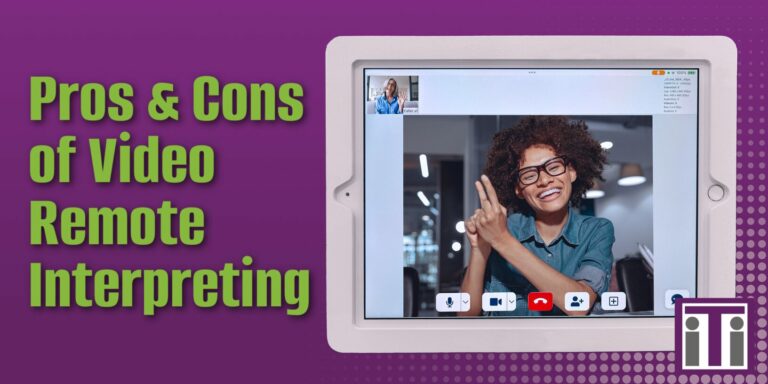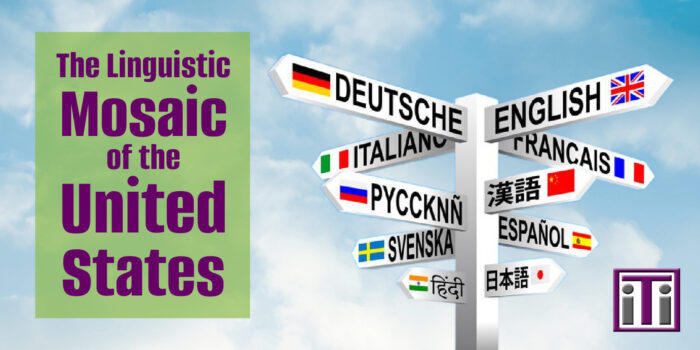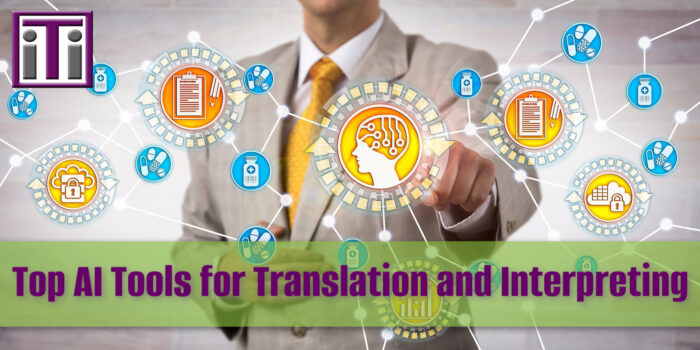Blog

How Ted Lasso Highlights the Need for Localization
Note: This post was originally published in July 2021. It’s a testament to the series’ success that a full two years after the final episode aired, it is still listed as one of the top ten watched streaming shows. Now that there has been an official announcement that a new season will start filming in…

Marketing content is the backbone of your brand identity and strategy. It conveys your value proposition, your unique selling points, and your personality to your potential customers. But what happens when you want to expand your reach to new markets that speak different languages? How can you ensure accurate and appropriate translation of your marketing content for your target audience? Translating marketing content is not a simple task. It requires more than just replacing words with their equivalents in another language. It involves understanding the cultural context, the tone of voice, and the intended effect of your message. It also…
Read More >>What is Video Remote Interpreting (VRI)? Video remote interpreting (VRI) is a service that connects you with a live interpreter on-screen via a video interface. VRI sessions can take place on just about any device with a camera, microphone and screen, making them incredibly convenient in a variety of situations. So, how does video remote interpreting work? In this post, we will explore some of the drawbacks and benefits of VRI and how it can benefit your organization. Pros of VRI Accessibility: VRI can provide access to qualified interpreters in over 200 languages, including American Sign Language (ASL). This is…
Read More >>If you’ve been wooed by a low-budget business translation company, you may have sacrificed quality for price. You need to be sure that you have hired qualified translators who are using a documented process with thorough quality control to catch any linguistic or technical errors that could impact the accuracy and efficiency of the final translation. Consider this: one poorly translated sentence in an important document can damage the professional image of your company. Sure, there are some instances where translation errors seem funny (there are hundreds of examples of mistranslations on the Internet as jokes). However, mistranslations aren’t…
Read More >>Understanding CART and C-Print Services In today’s diverse world, ensuring that everyone has equal access to communication is paramount. CART (Communication Access Realtime Translation) and C-Print Services are two crucial tools in achieving this goal, especially for individuals who are Deaf or Hard of Hearing. These services not only empower individuals but also comply with federal laws and regulations, ensuring that institutions and businesses meet the necessary standards of accessibility. What are CART Services? CART Services involve the real-time translation of spoken words into text. This speech-to-text technology is often used in various settings like educational institutions, corporate meetings, and…
Read More >>If you go to 100 different web pages about localization, you’ll likely find 100 different definitions. Companies are naturally going to lean towards interpretations that are relevant to their business (and we’re no exception). We like the definition pictured above. It’s simple and, most of all, accurate. But the phrase local in character brings up issues that are anything but simple. It Starts With Words (and that’s just the start) iTi is a language services company. Our purpose is to help the world communicate and understand each other at its most basic level- the spoken and written word. So…
Read More >>We were excited to come across this article by Visual Capitalist, a website that turns market research into awesome illustrations. Visual Capitalist created a map of the United States showing, once English and Spanish were eliminated, the next most popular languages spoken in the US. Click on the map image below to get a downloadable copy of the chart that caught our eye. The Dominance of English and Spanish In the United States, the dominance of the English language is unsurprising, with 78% of Americans speaking only English at home. However, the linguistic landscape of the U.S. is far more…
Read More >>Why Over-the-Phone Interpreting? Depending on which expert study you believe, body language accounts for up to 75% of human communication. That being the case, why would anyone choose to use over-the-phone interpreting (commonly referred to as OPI) as a preferred language service? In-Person Interpreting vs. Remote Professional in-person interpreting is undisputedly the most effective method of communication between parties without a shared language. The nuances of body language, facial expressions, vocal tone, etc. are most easily observed when everyone is in the same room. Additionally, it’s easier for the interpreter to ascertain whether the message is being received as intended,…
Read More >>Since ChatGPT was released in November of 2022, the A.I. industry has experienced explosive growth. Toolify, a website that catalogs AI tools by category, has over 6900 listings as of the date of this post, and must actually use AI tools to keep up with the daily task of adding new sites. As with the dot com boom of the late 90s, many of these new companies will likely not be around in a few years, although for different reasons. One is simple competition—many tools perform the same function, and only the best (and best funded) ones will survive. For example,…
Read More >>Halloween is a time for spine-chilling stories, eerie costumes, and an overall celebration of all things mysterious and spooky. But did you know that the realm of languages is also filled with words and phrases that capture the essence of this ghostly season? We’ve delved deep into the lexicon of various languages to bring you seven words and phrases that resonate with the spirit of Halloween. Join us as we uncover the mystique behind these captivating terms. Waldeinsamkeit (German): Imagine finding yourself alone in a forest, surrounded by nothing but the whispering trees and the soft rustle of leaves. “Waldeinsamkeit”…
Read More >>I am a big fan of the Great British Baking Show. I watch it like I watch sports—rooting for my favorites, exhorting them to make good moves and groaning when they make mistakes. In this new season, something extra was added: A sign language interpreter. One of the contestants, Tasha Stones, is deaf and the show has provided an interpreter to assist her in communicating with the judges, presenters, and her fellow contestants. When not elbow deep in flour, Tasha signs as she speaks. While I am not fluent in American Sign Language (ASL), I have enough familiarity to…
Read More >>









